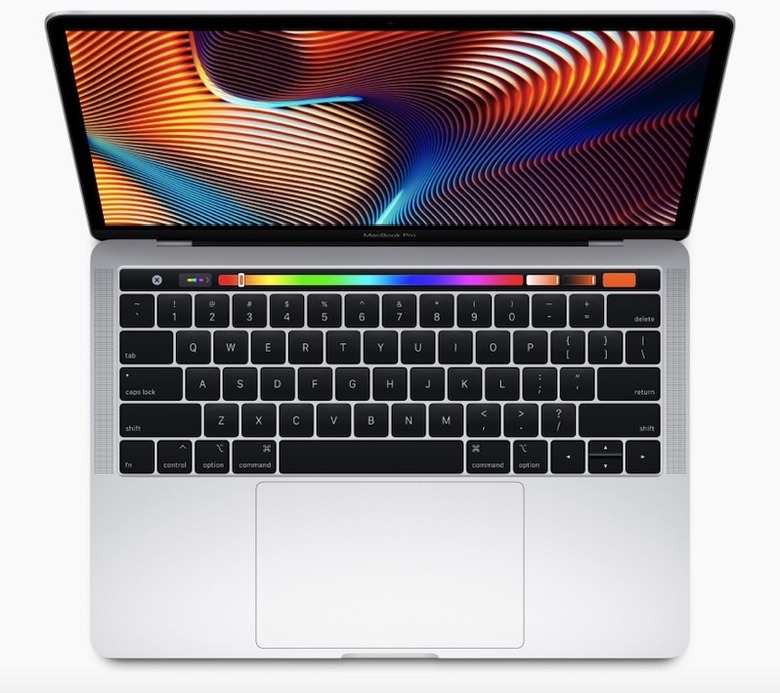Apple Is Finally Fixing Its Dreaded MacBook Pro Keyboard Design Once And For All
Over the past few years, whenever a friend would ask me for advice about buying a new MacBook, I'd tell them that it was probably worth waiting a bit. It wasn't that Apple's MacBook lineup wasn't compelling, but rather that the butterfly keyboard design Apple first introduced on its 2016 MacBook Pro was prone to causing all sorts of typing nightmares.
Over the past few years, Apple implemented a few changes which did manage to improve the overall reliability of the butterfly keyboard design. Still, even the third iteration of the design caused problems for a number of users. And hardly a point of speculation, Apple itself conceded this point earlier this year via a rare apology.
"We are aware that a small number of users are having issues with their third-generation butterfly keyboard and for that we are sorry," an Apple spokesperson said this past March.
The good news is that Apple has finally seen the light and is planning to say goodbye, once and for all, to its butterfly keyboard design. This past summer, a rumor surfaced claiming that Apple is planning to launch a 16-inch MacBook Pro with a scissor mechanism keyboard design. Not only will this design shift improve reliability and performance, it should also increase the travel for each individual key, thus fixing two longstanding complaints regarding the old design.
Beyond that, reputed analyst Ming-Chi Kuo recently issued a fresh investor note (via MacRumors) claiming that Apple plans to migrate the entirety of its MacBook line to the scissor mechanism keyboard in 2020.
Kuo now predicts that Apple's refreshed MacBook models will arrive in the second quarter of 2020, suggesting they will feature the much-anticipated scissor mechanism keyboards that the company is adopting wholesale.
If Kuo's prediction pans out, it will mark an unceremonious end to what many people categorize as one of the worst Apple designs in the company's history.
Of course, all this begs the question: why did Apple implement the butterfly keyboard design in the first place?
Well, when it was first introduced, Apple boasted that it was 40% thinner than a traditional keyboard and allowed for "greater precision" when striking keys. Interestingly, word of Apple's transition away from the oft-criticized design appeared shortly after Jony Ive announced that he was leaving Apple. Ive, it's worth noting, was reportedly obsessed with making devices impossibly thin, which is to say that he was likely the driving force behind the new keyboard design in the first place.
